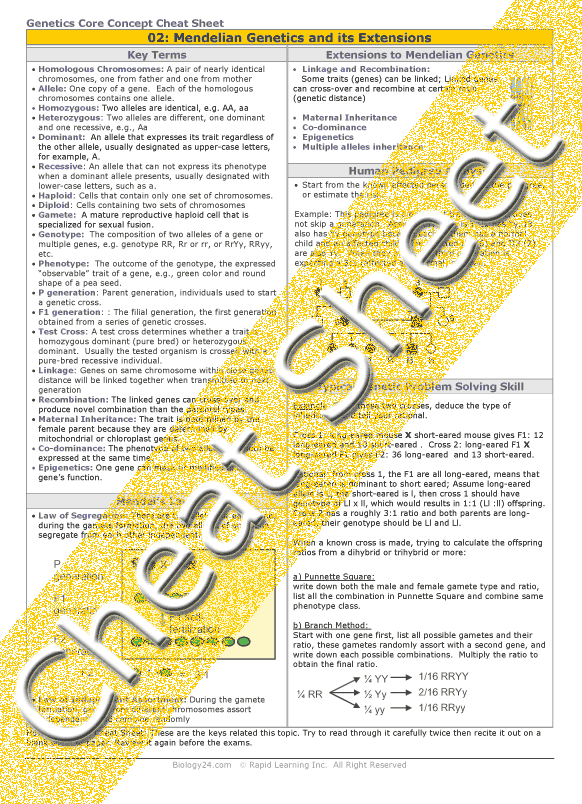Pigeon Genetics Game Answer's
Pigeon Genetics Pigeons, like most life on earth, inherit characteristics form their parents. The traits or characteristics that can be inherited are myriad, from simple eye colour to complex. Pigeon genetics and rare colored homers in South Africa. This site mainly contains information regarding pigeon genetics, notably the most common gene mutations (alleles) as well as their inheritance and interrelations (genotype and phenotype) Pigeon Genetics / Rare Colors. Search this site. Pigeon Genetics.
Pigeon Color Genetics Simplified, Robert Miller
During his life, Dr. Hollander, also known as Doc in our pigeon world, was involved in many pigeon related issues and or projects. One such project was serving as the first editor for “The Pigeon Genetics News Letter” beginning with issue #1 dated January 1957 through issue # 40 dated October 1966. Performing pigeons breeder. Turkish Tumblers, Birmingham Rollers Iranian High Flyers breeder in South Florida. Basic pigeon needs, training tumbler pigeons, baby pigeons, pigeon health, pigeon pictures, pigeon videos, pigeon breeders, pigeon articles, pigeon genetics, white dove release in.
Check out the Worksheet that goes along with the game (courtesy of Mr. Download pigeon game. Topics Covered: Crossing Over, Independent Assortment, Random Fertilization, Dihybrid Crosses, Diversity, Reproduction, Meiosis, and Genetics.
This is a simple explanation on colors and color factors with outcomes from breeding rollers. Not a complete genetic profile by any means.
These outcomes are from keeping good breeding records. Also individual breeding pens are a big help.
Color Genetics In Pigeons

Cocks can carry 2 colors and hens can only carry one color.
The cocks get 1 color from the father and 1 color from the mother. The hens only get 1 color so what you see is what you get.
The best example of this is if the father and mother are the same color then all the young will be pure and the same color as the parents.
The next example would be if the father is black and the mother is ash-red, all young cocks will be ash-red carrying black (with black flecking) and all young hens will be black.
There are 3 basic colors Ash/Red, Black and Brown. Brown is the least common of all in rollers and not worth talking about.
1. Blue / Black = Black and blue are the same. Blue comes from a lack of the color pigment in the feathers.
2. Red comes from Ash-red with the a dominate spread gene.
3. Dilute gene = fading of the color (Red dilute = yellow) (Blue dilute = Lavender)
4. White is absence of color.
5. Recessive Red in rollers is from 2 reds mated together, this combination can carry a masking gene also. Recessive Reds produce the best Red colored birds.
Modifiers such as Spread, Dilute, Recessive and Patterns are all the main genes that modify the basic colors.
The gene pool above with the 3 basic colors gives you all the different colors and patterns we see in pigeons.
Pattern control bars, barless, check & T-check
Cocks & Hens can carry 1, some or all the modifiers (modifiers not to be confused with color)
Spread is Masking and can cover colors and patterns.
Same genes and colors are dominate.
1. Ash-Red over Black
2. Spread can mask pattern.
3. Check over T-Pattern
4. Almond
5. Grizzle
Pure cocks are from both parents being the same color.
Pure cock mated to the same color hens gives these colors.
1. Black cock to a black hen = all black young.
2. Ash-red cock and ash-red hen = all ash-red young.
3. Red cock and red hen = all red young.
4. White cock and white hen = all white young.
Ash-Red is a sex-linked color so different colors mating will produce:
1. Ash-Red cock and black hen = all young Ash-Red, young cocks will be carry Black and have the Black flecking.
2. Black cock and Ash-Red hen = Ash-Red cocks that carry black and all hens will be black.
Different color give a lot of variables because of the color, spread, pattern, dilute, dominate and recessive genes they carry.
1. Black with check gene = Black checker.
2. Red with the check gene = Red checker
3. Ash-Red & Check = Mealy
4. Black & Dilute = Dun all the way to Lavander
5. Black & T-Pattern = Blue Bars
6. The Ash-Red cocks with flecking & Black hens = Black cocks, Black hens, Ash-Red hens and Ash-Red cocks with flecking.
You can come up with 100s of different combinations with tons of different looking birds.
Colors I like to breed together. Black to Black, Black to Red, Red to Red, Red Check to Pure black, Kite to Black, Dun or Mealy to Black or Red, Ash-Red bars to Blacks, Almonds to Kites or Mottles, Blue bars to anything and Red Mottles to Black. Almond color is a mutant gene and 2 Pure Almonds should not be mated together. Pure Almonds together can create weak, blind or dead young birds. Multiple colored birds like Kite and Mottles work best on Almonds. Kite is a black with bronzing in the wings.
Pigeon Genetics Answers
Hope this helps. Please remember that this is only a small part of the gene pool but the main area needed for rollers.
Robert Miller
Pigeon Genetics Game
1. Pigeon Genetics
Subpages (3):1.1 Genetics Terminology1.2 Pigeon Terminology1.3 Calculating Expected Offspring |